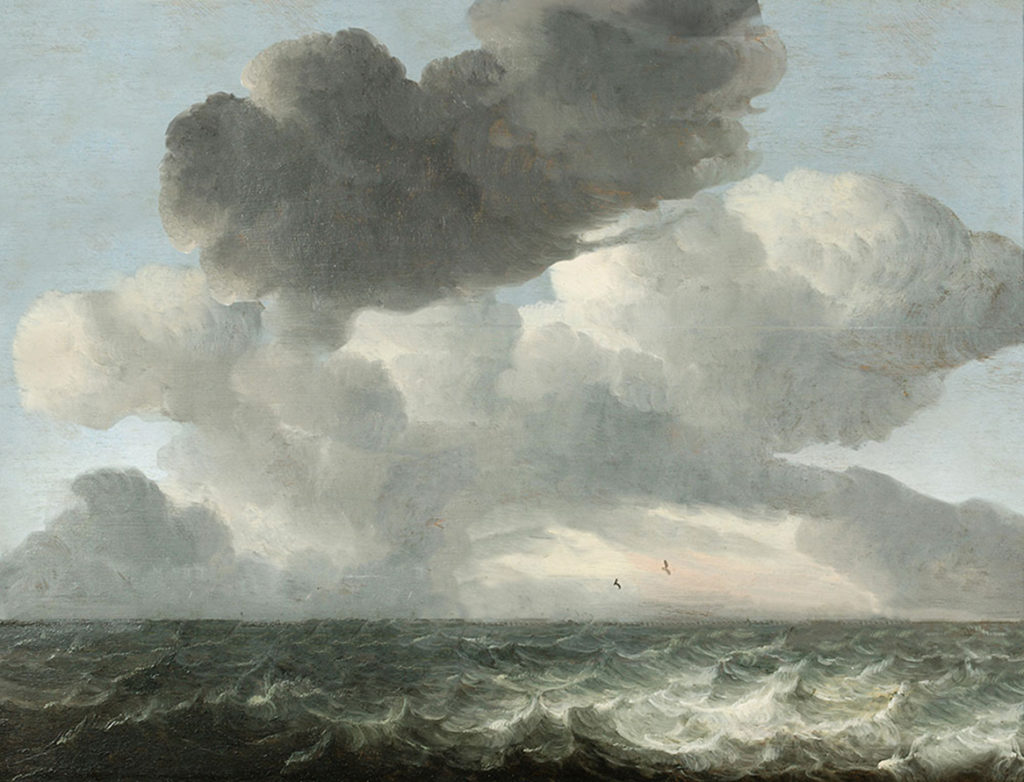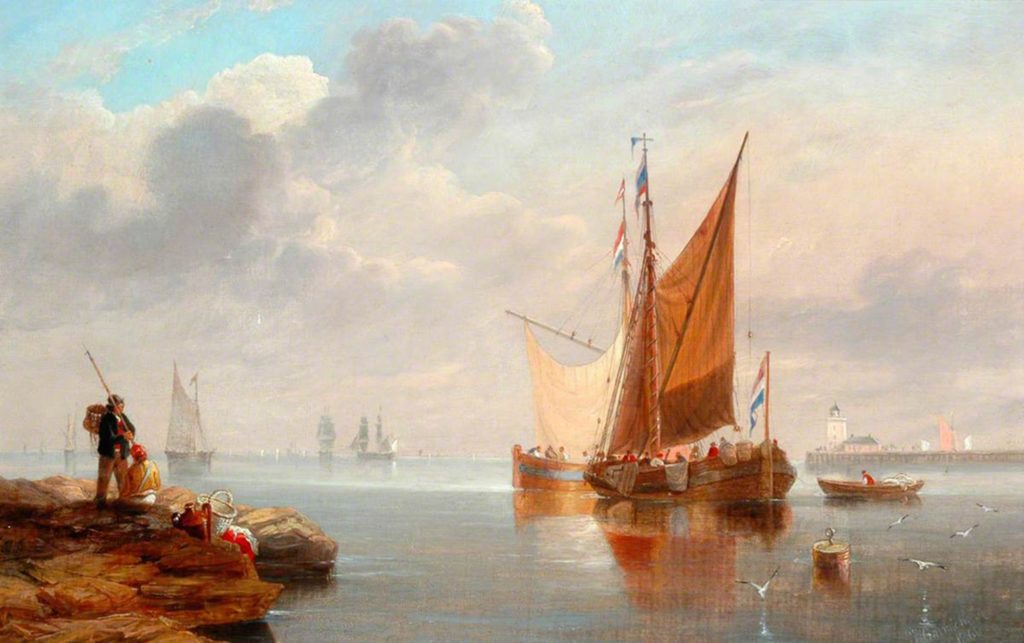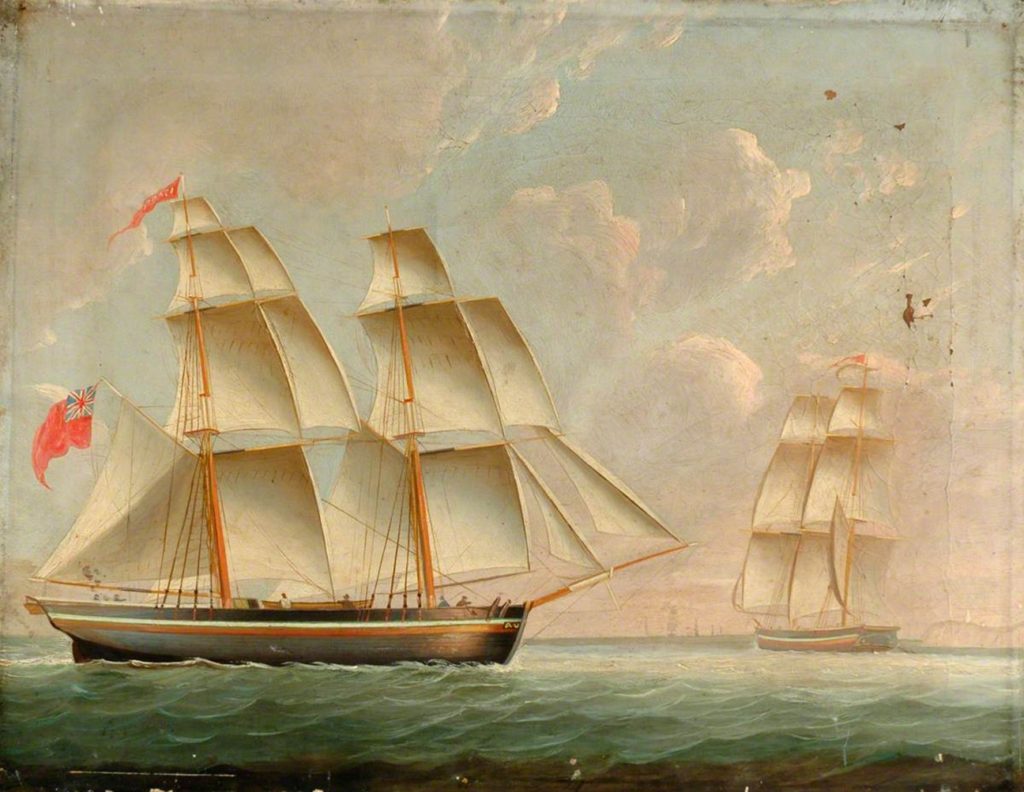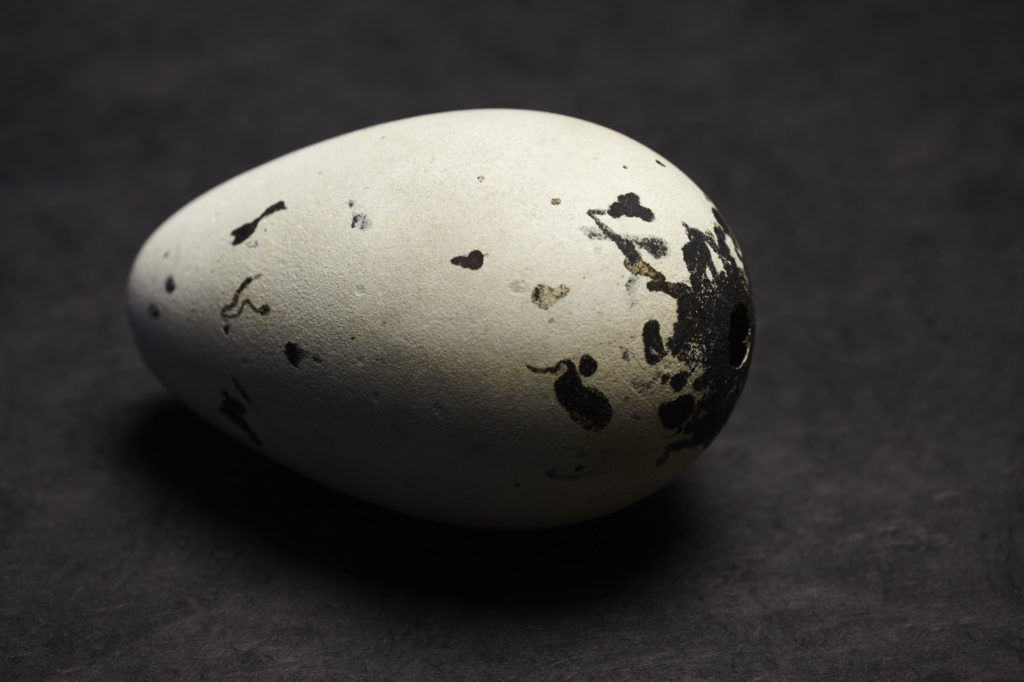
SCARBOROUGH Art Gallery’s online film series will resume on June 30 with Re-presenting India On Screen.
The 7pm screening marks a new and ambitious element of Scarborough Museums Trust’s digital programming, with filmmakers Suraj Prasad and Tarini Manchanda joining the post-screening Q&A live from Delhi in this international collaboration between Britain and India.
Gallery Screenings Online, on the last Tuesday night of each month, features films selected to give audiences a new perspective on both visiting exhibitions and the permanent Scarborough Collections. Each is followed by a question-and-answer session.
Re-presenting India On Screen will feature short films by director, cinematographer and editor Priya Thuvassery; Gautam Valluri, an artist working with film; Suraj Prasad, co-founder of Lightcube, a film collective in New Delhi, and Tarini Manchanda, a filmmaker based in New Delhi.
Built around short films that re-think how India has been and continues to be re-presented on screen, the event will be co-hosted by Suraj Prasad and curator Martha Cattell.
The catalyst for June 30’s online screening was an item in the Scarborough Borough Collection: a journal by colonialist traveller Colonel James Harrison, from Brandesburton in East Yorkshire.
Suraj says: “The idea that colonialism is necessarily connected to a specific identity and location is convoluted and over-simplified; we are all colonialists to some degree. Perhaps our images can help reveal a lot about how we see the world.”

Harrison’s journal and photographs offer a specific representation of India through an external and colonialist perspective, observes Martha. “This screening will consider how filmmakers have used moving images to represent India. It will feature archive and contemporary works, drawing on themes of ecology, architecture and colonialism,” she says.
“It will aim to challenge pre-existing biases and colonist hangovers of India on screen, and is part of ongoing work at Scarborough Museums Trust to decolonialise the Scarborough Collections.”
Each Gallery Screening will have optional live captions from a stenographer; downloading the app version of Zoom is recommended for those wishing to use this function.
A “social story” – a visual guide – will be created too, with illustrations by Scarborough artist Savannah Storm to explain the format and accessible elements of the screening.
Access to the June 30 event is by password only, available, along with a link, by emailing Martha Cattell at Martha.cattell@smtrust.uk.com. Email the same address for access to the social story.
The introduction and Q&A will be available post-event on Scarborough Museums Trust’s YouTube channel: bit.ly/YouTubeSMT.
Visit the trust’s YouTube channel at the same address to watch the recorded introductions and Q&As from previous Gallery Screenings.










